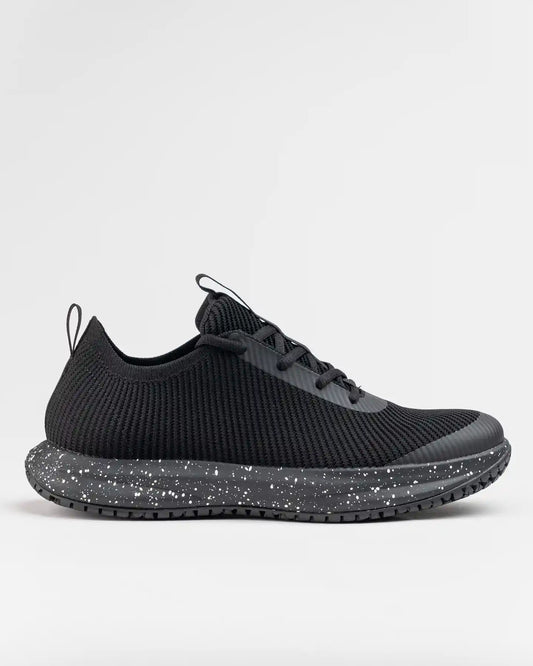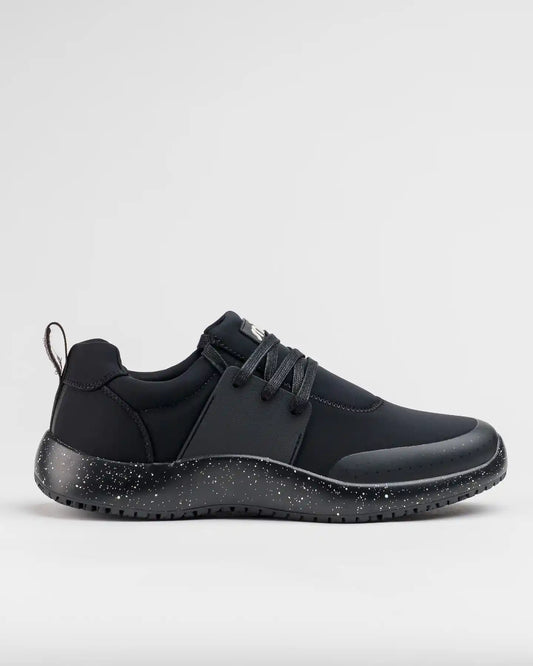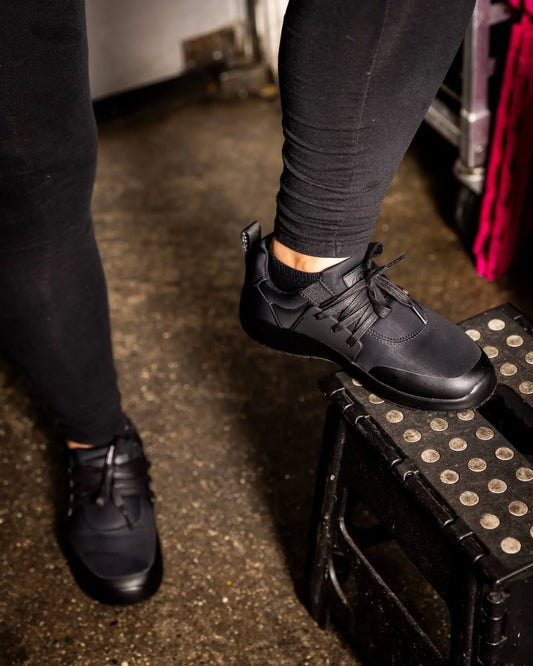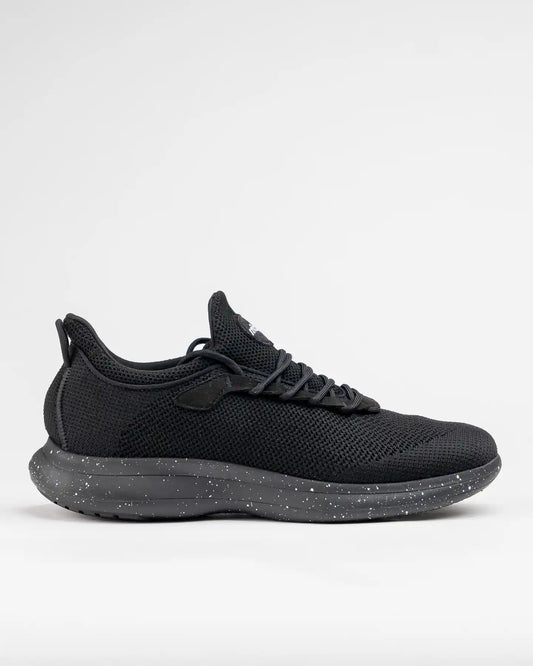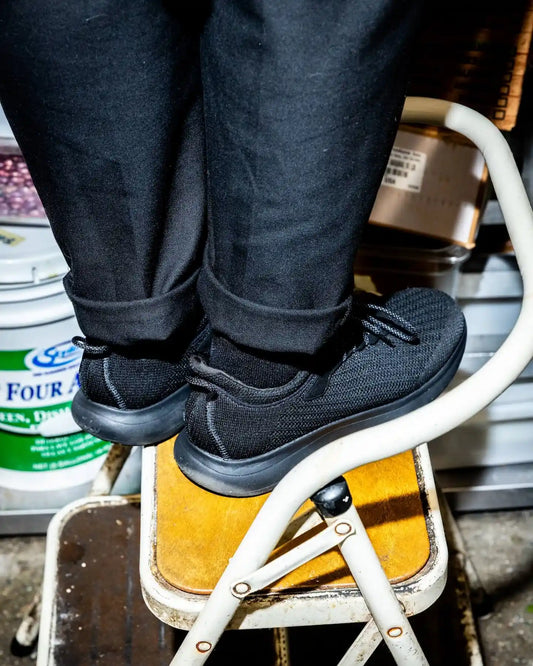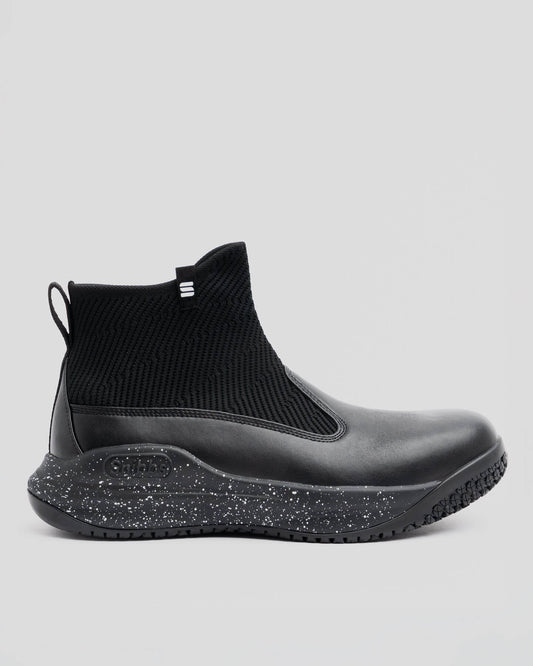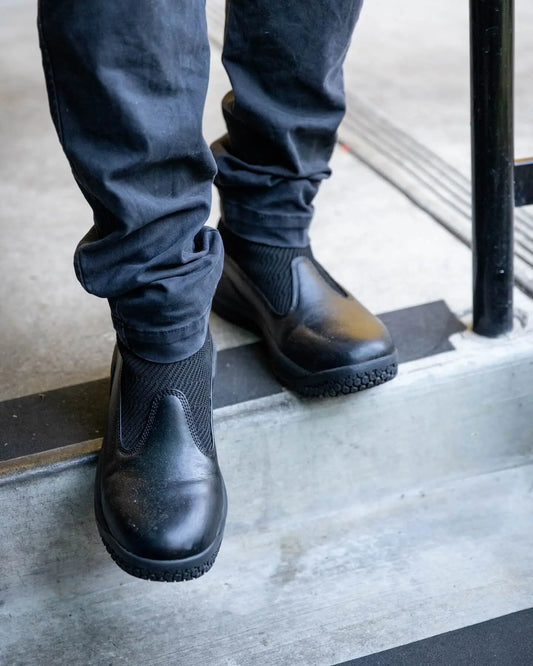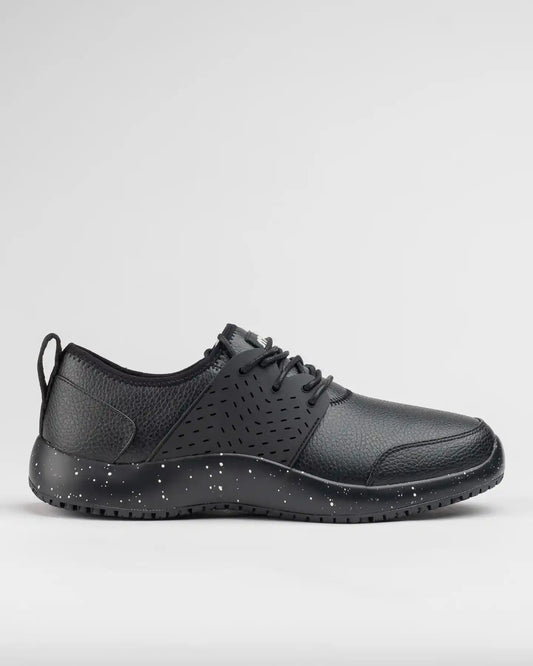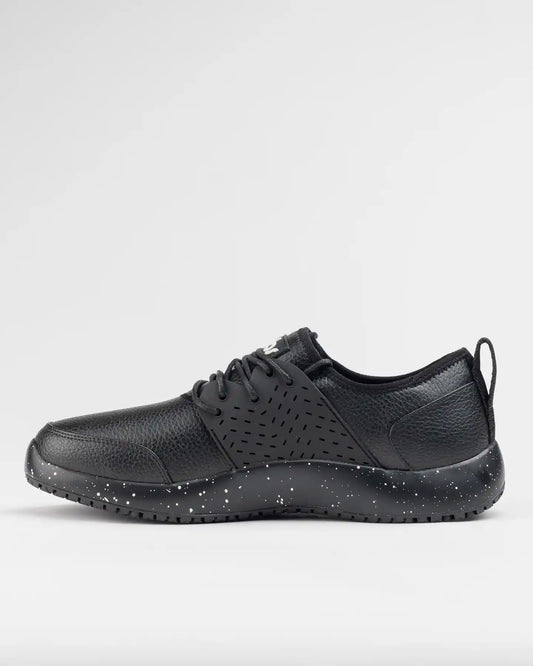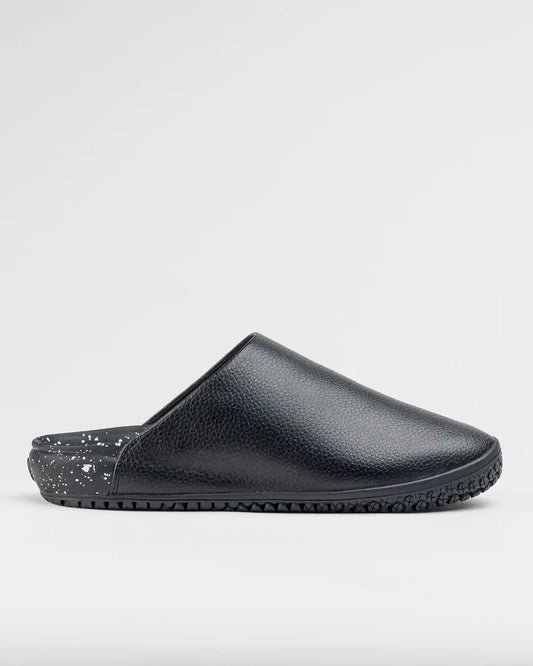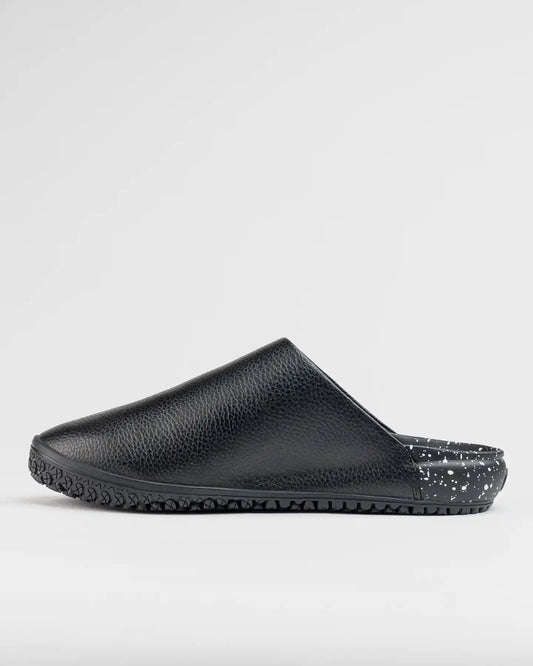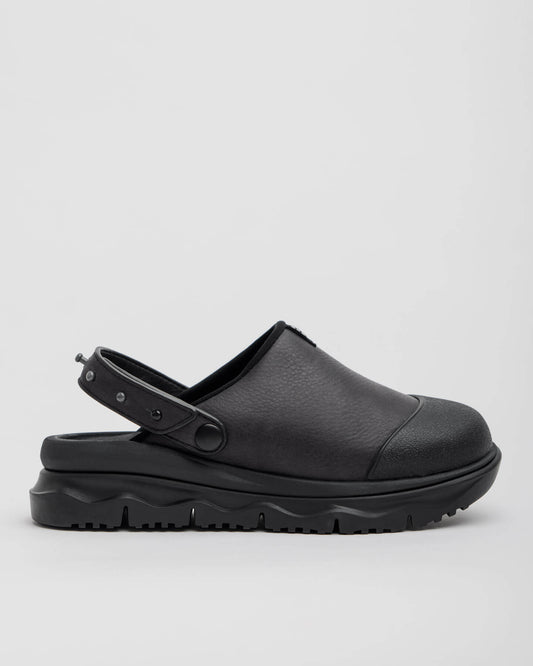Plantar Fasciitis - Causes, Symptoms, Remedies
Snibbs Footwear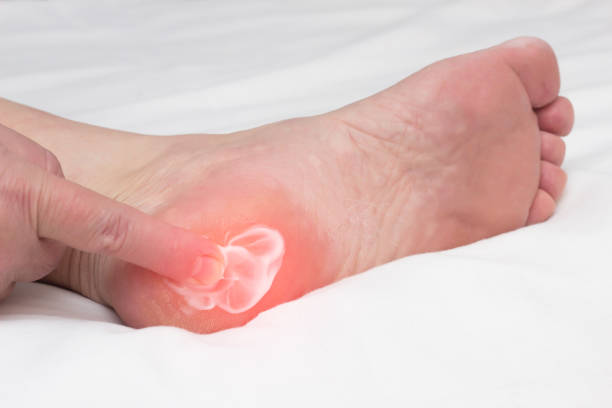
A common foot problem, Plantar Fasciitis is one of the most widespread causes of heel pain. It is characterized by a sharp, stabbing pain in the heel, particularly when you first get out of bed or have had a long period of inactivity. The pain is known to subside as the day progresses.
What is Plantar Fasciitis?
Plantar Fascia refers to a band of fibrous tissue that spans the bottom of the foot and connects the heel bone to the toes. The Fascia acts as a stabilizer for the body and absorbs the stresses and strains that our feet are subject to. With the Fascia compromised, our shock-absorbing capabilities take a beating and the body is forced to directly absorb the strain of the hard ground, leading to a number of issues.
Typical symptoms of Plantar Fasciitis include:
1. Pain in the heel in the mornings
In fact, this is the first indication of Plantar Fasciitis. As your foot hits the floor you experience a sharp pain in your heel. In trying to alleviate pain and discomfort, your walk resembles a hobble. The fact that the pain returns each morning and you find it harder and harder every morning to kick start your day is a big deterrent.
2. Pain after periods of inactivity
The pain isn’t a function of the morning hours alone but is also flared up on account of other periods of inactivity. This is because, with the foot at rest, the Fascia tends to contract.
3. Improvement in pain as the day progresses
While Plantar Fasciitis makes standing and walking difficult in the morning, as the day progresses the Fascia tends to stretch itself, and the pain tends to subside.
Causes of Plantar Fasciitis
Some of the known causes of Plantar Fasciitis include:
- The degeneration that comes with aging reduces the elasticity of the Fascia
- Rigorous activity that puts pressure on the feet
- Obesity is known to increase the risk of Plantar Fasciitis
- Genetics is also known to play a role in the development of Plantar Fasciitis
- If you have flat feet, you are predisposed towards developing Plantar Fasciitis
- If you stand on hard flooring all day, the risks of developing Plantar Fasciitis are that much more.
How to relieve the pain of Plantar Fasciitis
Some of the aspects that help in pain management include:
- Over-the-counter medications
- Stretches and exercises including basic hamstring stretch, pulling a towel towards you with your toes, basic Achilles stretches and more.
- Rolling your foot across a frozen water bottle
- Wearing a night splint that ensures the Fascia doesn’t contract while you are sleeping.
- Wearing a day brace that provides a stretch to the Fascia band
- Supportive insoles and footwear
- Orthopaedic options such as steroid injections, shock-wave therapy, surgery, in case the pain is recalcitrant and does not respond to any treatment.
Best Shoes for Plantar Fasciitis
To help you alleviate the pain that is associated with Plantar Fasciitis, you also need to look for shoes that have a cushioned insole that can provide a supportive foundation that prevents fatigue and pain for long periods of time. An ergonomically designed midsole is also extremely helpful in reducing strain in various parts of the foot. Proper support under your arches and cushioning under the heels, as well as the front of your feet, is absolutely imperative. A wide toe box that allows your foot to swell after a long tiring day, without discomfort, is yet another aspect that should not be ignored.
The important thing to note is to measure both your feet to determine their length as well as their width as also the arch of each foot. Basis the same, you need to opt for shoes that offer adequate support to your feet. Ill-fitting shoes, on the other hand, can go a long way in aggravating your condition.
It is well worth your time and money to opt for a brand that is committed to your comfort while bridging the gap between function and aesthetics.
With these seemingly simple tips in choosing the right shoes, you can keep the pain associated with Plantar Fasciitis, a common foot problem, at bay.
